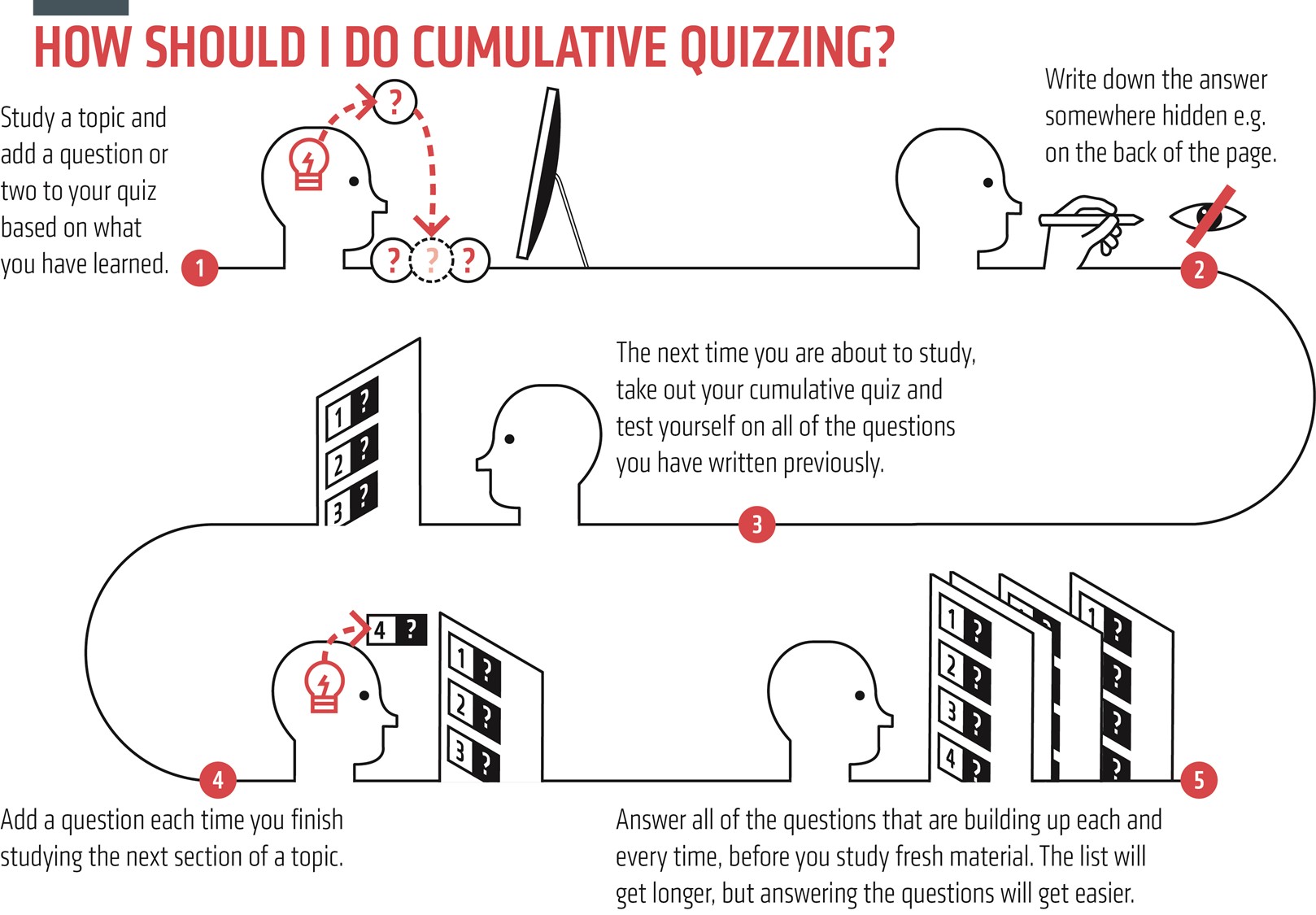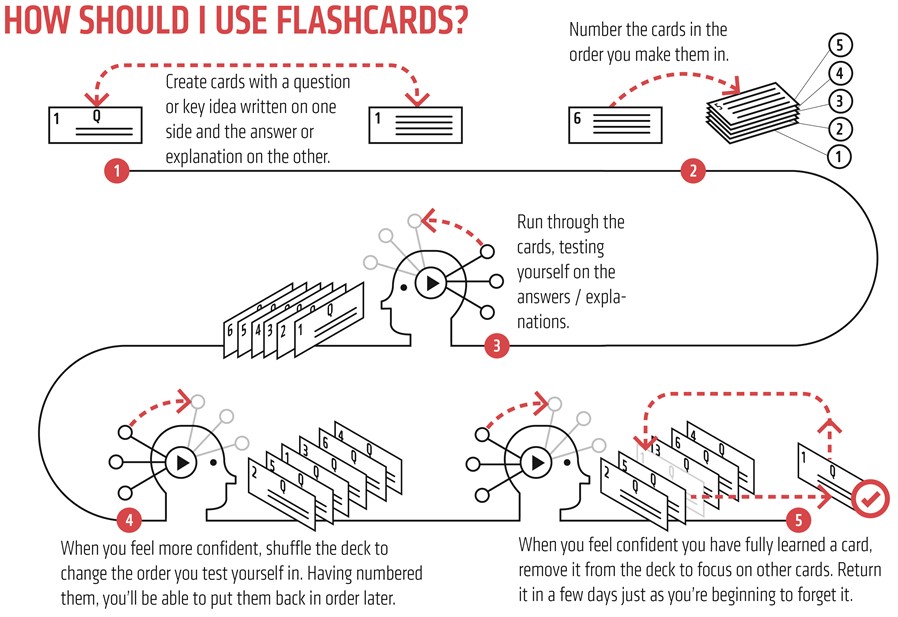How to Revise
Maximise the learning potential of your child at home
The Self-testing Toolkit has been developed in conjunction with the Educational Endowment Foundation, in response to the fact that the GCSE Science curriculum now contains a much higher volume of scientific facts and concepts than before. The Ivybridge Community College Science Department applied to participate in a study using these techniques, to be able to provide our students with some tools to use for effective revision. We realised quickly that these tools will be useful for students at any stage in their learning and for any subject.
Studies in learning
Much of the most recent research on learning has been centred on the fact that the brain retains information longer if the learning is repeated frequently and if the recall of the information involves a mechanism for self-testing. That is, we need to encourage our students to revise things over and over again to embed it into their long term memory and to try very hard to recall the information through some kind of testing, rather than by reading the answer straight away. Many studies have shown that the revision techniques that many students turn to, that don’t feel like hard work, such as rereading and highlighting, are ineffective. The self-testing techniques are simple, but because they require the students to test themselves, they strengthen those memories of important facts and concepts. This will lead to increased confidence in the lead-up to exams, which we hope will contribute towards their mental wellbeing.
The key factor for success is that the student does not only revise what they are studying at that time, but also what they have studied previously throughout the course.
Key points
To strengthen the memory, learning should:
- be repetitive
- involve self-testing
The Techniques
In this technique, the student reviews the work from their lesson and writes themselves some questions about what they learned. They write the answers on a separate page, or the back of that page. The technique is called ‘cumulative’ because the number of questions and answers builds up over time. The student develops a valuable self-testing resource to be used many times throughout the week, for a few minutes at a time, remembering to revise past material as much as current material.
What can you do to support your child?
Your child would benefit from you asking them the questions and then letting them know if their answers are correct. If they weren’t correct the first time, tell them the correct answer and if they don’t fully understand, help them find the content in their KITE booklet, revision guide or on BBC Bitesize.

This technique involves writing a question or key idea on one side of the card and trying to remember the answer or explanation on the back. This will strengthen the students’ memories of the things they are trying to learn. The student should make three to five flashcards after each lesson or small group of lessons.
There are variations to the technique; to extend their thinking further, the student could write the name of a key concept on one side and all of the key words that are linked to that topic on the other side, or bullet points they would need to include in a longer answer question.
If the students find that there is a card to which they are fully confident in its answer, they could remove it from their pile for a few weeks and replace it later. It aids memory retention to shuffle the cards on a regular basis.
What can you do to support your child?
Please ask your child questions from their flashcards and let them know whether or not they got the answer correct. If not, let them know what the answer was and encourage them to read further, as with Cumulative Quizzing.

This technique involves the students organising their thoughts into a mind map and when they have finished (which may take a few attempts as they reorder it to make more sense), tracing parts of it, folding up the original mind map and then trying to complete the second from memory.
What can you do to support your child?
Please ask to see the mind maps and ask your child to explain the links on them and use it to teach you the topic.

Our expectations
We expect Self-testing to form the basis of Science students’ home learning. Sometimes, their teacher will set them an alternative home learning, which will be written in their planner. It is really important to understand that there will never be no homework. The Self-testing Toolkit needs to be embedded into your child’s routine, so they know how to strengthen their learning at home. It is not intended only for revising for tests, but as regular, weekly practice.

